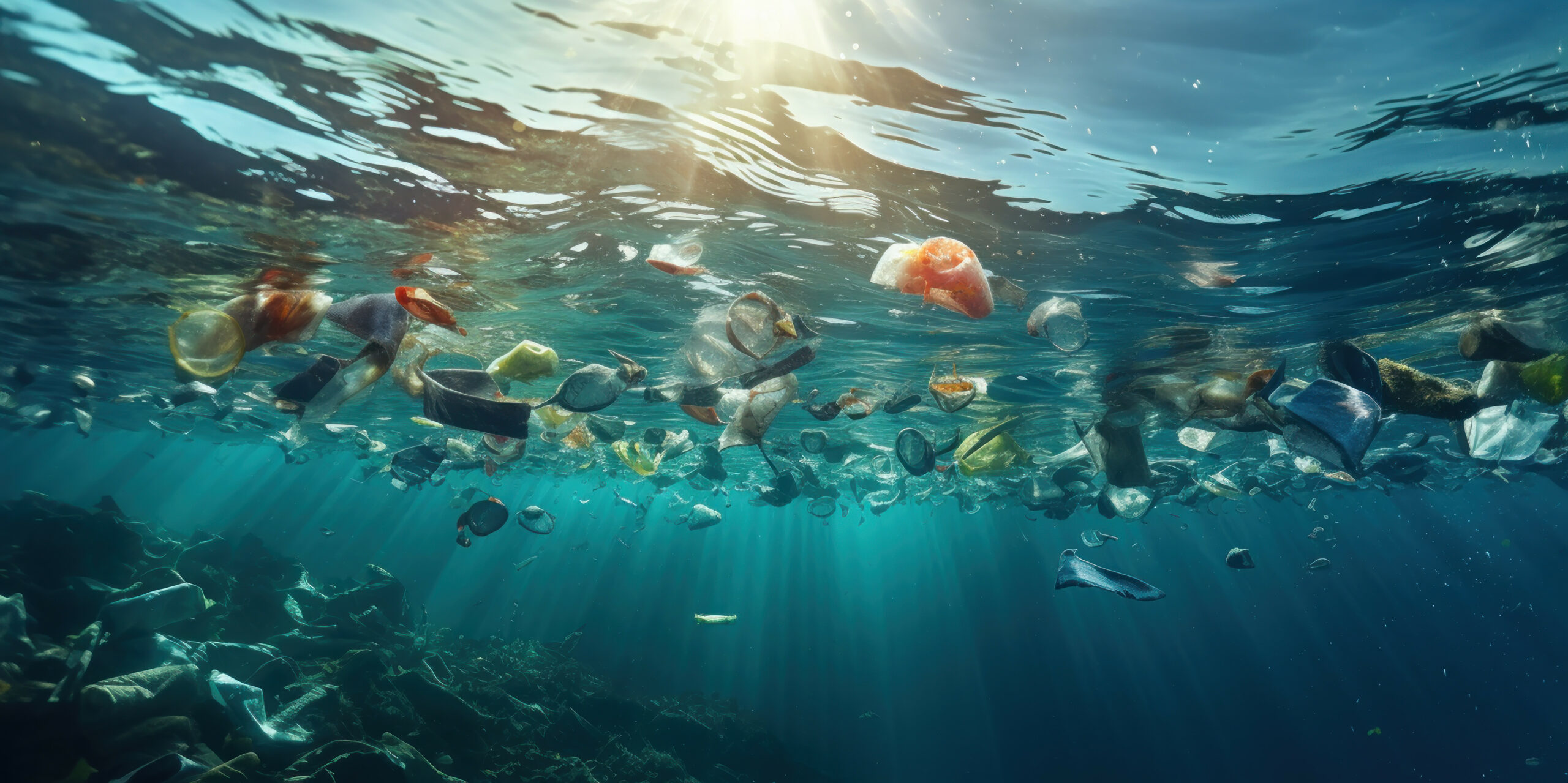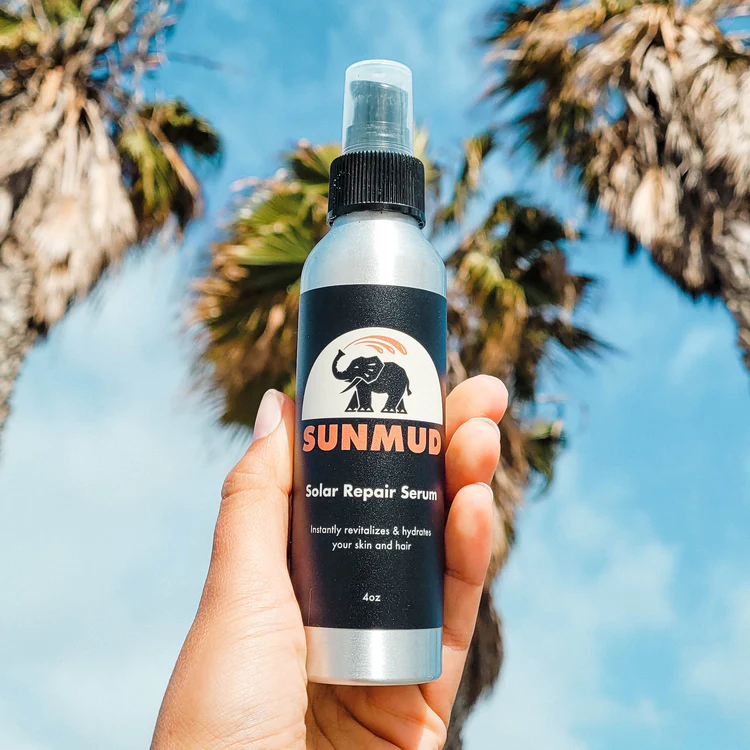By Frances Lang, Ocean Connectors Executive Director
 I’ve been deeply passionate about the environment for as long as I can remember. As a child, I didn’t know what I wanted to be when I grew up, but I always knew my work would involve the environment. Growing up in the bucolic valley of Ojai, CA, all of my favorite memories took place in nature. I remember playing in streams and meadows, swimming in water holes in Los Padres National Forest, heading to the beach in Ventura, and falling in love with nature. It was, and still is, a core part of who I am.
I’ve been deeply passionate about the environment for as long as I can remember. As a child, I didn’t know what I wanted to be when I grew up, but I always knew my work would involve the environment. Growing up in the bucolic valley of Ojai, CA, all of my favorite memories took place in nature. I remember playing in streams and meadows, swimming in water holes in Los Padres National Forest, heading to the beach in Ventura, and falling in love with nature. It was, and still is, a core part of who I am.
I also remember my early concerns for the environment. Each night, after my parents tucked me in, I’d say a prayer. I’d bless my family, and then I’d always finish by saying, “Please save the trees, the animals, and the ozone layer.” I remember feeling so overwhelmed by worry for those three things.
Today, I’m still deeply concerned about the trees and the animals, although now I think of these in terms of deforestation and biodiversity loss. I don’t worry about the ozone layer anymore, but I’ve come to realize the ozone layer was symbolic of my early concern for the climate. Even as a child, I felt like there were planetary-level environmental problems occurring that desperately needed help.

Amazingly, the hole in the ozone layer has recovered through unified government action. The Montreal Protocol was an international treaty adopted in 1987 that regulated ozone-depleting compounds such as CFCs. It was initially signed by 46 countries, and today has nearly 200 signatories (Britannica). In October 2019, NASA reported that the hole in the ozone layer is the smallest is has been since it was first discovered in 1985. Scientists estimate that if the Montreal Protocol had never been implemented, the hole would have grown 40% by 2013. Instead, the hole is expected to completely heal around 2050 (Smithsonian Magazine). This makes me wonder why it has been so difficult for governments to tackle climate change.

This past June, I gave birth to a beautiful baby girl. Fittingly, she was born on World Environment Day. Having a child of my own has made me think even more about the condition of our planet and the legacy we’re leaving behind for today’s youth. I am now more inspired than ever to speak out about climate change, to educate those around me, and to demand government action before it’s too late.
During my maternity leave, I participated in the first-ever virtual Climate Reality Leadership Corps Global Training with the organization Climate Reality Project. I learned about the many obstacles we still face in the fight against climate change, particularly in the U.S., as well as the intersectionality between climate change, environmental justice, and socioeconomic issues. Through our work with Ocean Connectors, we have a valuable opportunity to educate and inspire future generations. We have been working with our partners for the past several years to infuse our existing curricula with climate change education, and we’ll increase these efforts in the upcoming year, utilizing some of the lessons from the Climate Reality training.
 Climate change impacts are happening everywhere, such as melting ice sheets, warming seas, and increasing droughts, storms, and wildfires. But the Climate Reality Global Training made me feel that there is still hope, and that I am part of an ever-growing network of individuals who will fight for the health of our planet. I believe there will soon be an answer to my prayers, and that it will come in the form of a community movement driven by youth activism. The timing is critical, for the sake of my daughter and children all around the world.
Climate change impacts are happening everywhere, such as melting ice sheets, warming seas, and increasing droughts, storms, and wildfires. But the Climate Reality Global Training made me feel that there is still hope, and that I am part of an ever-growing network of individuals who will fight for the health of our planet. I believe there will soon be an answer to my prayers, and that it will come in the form of a community movement driven by youth activism. The timing is critical, for the sake of my daughter and children all around the world.



